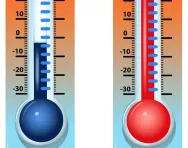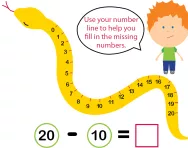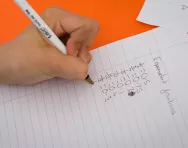Important update from TheSchoolRun
For the past 13 years, TheSchoolRun has been run by a small team of mums working from home, dedicated to providing quality educational resources to primary school parents. Unfortunately, rising supplier costs and falling revenue have made it impossible for us to continue operating, and we’ve had to make the difficult decision to close. The good news: We’ve arranged for another educational provider to take over many of our resources. These will be hosted on a new portal, where the content will be updated and expanded to support your child’s learning.
What this means for subscribers:
- Your subscription is still active, and for now, you can keep using the website as normal — just log in with your usual details to access all our articles and resources*.
- In a few months, all resources will move to the new portal. You’ll continue to have access there until your subscription ends. We’ll send you full details nearer the time.
- As a thank you for your support, we’ll also be sending you 16 primary school eBooks (worth £108.84) to download and keep.
A few changes to be aware of:
- The Learning Journey weekly email has ended, but your child’s plan will still be updated on your dashboard each Monday. Just log in to see the recommended worksheets.
- The 11+ weekly emails have now ended. We sent you all the remaining emails in the series at the end of March — please check your inbox (and spam folder) if you haven’t seen them. You can also follow the full programme here: 11+ Learning Journey.
If you have any questions, please contact us at [email protected]. Thank you for being part of our journey it’s been a privilege to support your family’s learning.
*If you need to reset your password, it will still work as usual. Please check your spam folder if the reset email doesn’t appear in your inbox.
What are negative numbers?

What are negative numbers?
A negative number is a number smaller than zero.
It can be demonstrated to children by using either a horizontal number line or a vertical number line (number ladder):



Boost Your Child's Learning Today!
- Start your child on a tailored learning programme
- Get weekly English & maths resources sent direct to your inbox
- Keep your child's learning on track
Working with negative numbers in primary school
Negative numbers are introduced in Year 4 where children are asked to place a variety of negative and positive numbers on a number line in order. Children may also be asked to work out problems involving negative and positive temperatures.
Children will usually use number lines like those above to help them with these problems. An example of one of these problems is:
The temperature on Monday morning is -5˚C. The temperature on Friday morning is 1˚C. How much warmer is it on Friday morning than on Monday morning?
(Answer: 6˚C)
In Year 6, children will need to calculate with negative numbers mentally, so they will be asked to find the difference between a negative number and a positive number, or two negative numbers. They will usually start by using a number line to work out these calculations, but later will move onto working them out in their heads.
Example questions might include:
What is 6 minus 12? (-6)
What is -7 plus 18? (11)
The temperature is 5˚C and then drops 9˚. What is the temperature now? (-4˚C)
By Year 6, children are asked to read positive and negative temperatures on a line graph such as the following:

If your child enjoys practising maths concepts through games, we recommend the free online game Minus Miners, which challenges players to escape an underground mine and teaches them all about negative numbers in the process.









